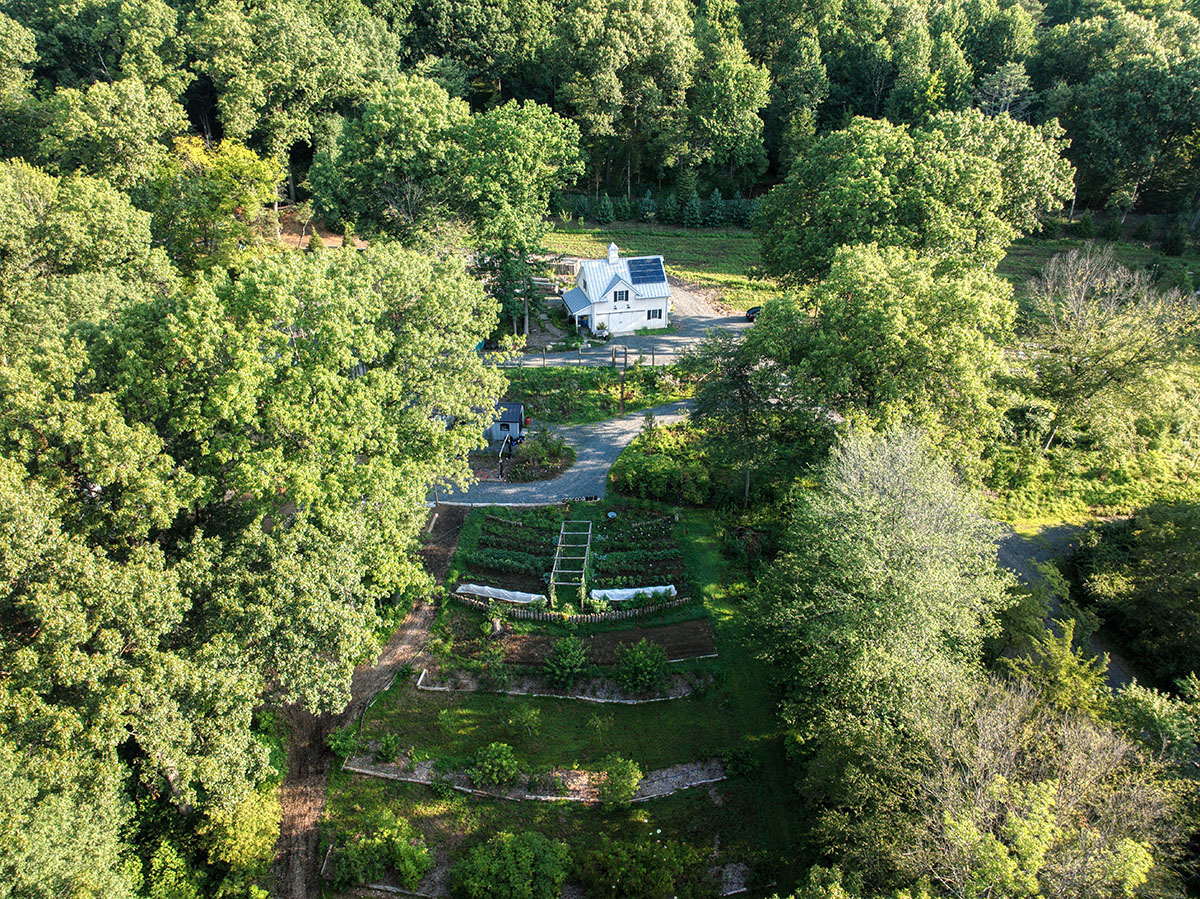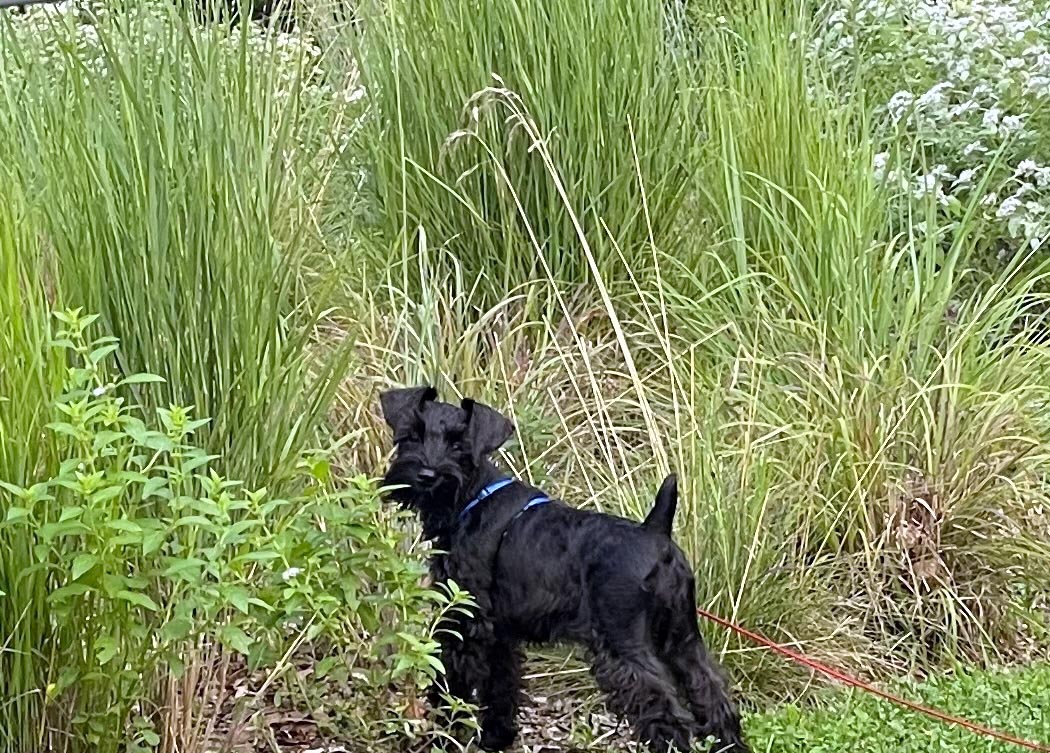
by Edwina von Gal
Does the world need another garden gadget? Well . . . I have so many new tools pitched to me, all promising to do a better job. Ugh, so many disappointments—and so much more garbage. But, I am intrigued about a new one that has real promise. It’s a new way to mow that is winning over hearts with the environmentally conscious and the lawn care industry: Little robotic electric mowers, or mowbots, that are programmed to mosey around yards, cutting the entire lawn every day or two.
Think of the legions of trucks and trailers loaded with large, loud mowers that invade our neighborhoods weekly. Then, imagine them gone—totally gone, along with their noise, gas guzzling, and emission spewing.
FACT: Every year in the U.S., we use 1.2 billion gallons of gas and 100 million gallons of diesel fuel to power lawn mowers. One hour of operating a typical mower equals the emissions of a typical car driving 500 miles. (U.S. Department of Energy)
Then think about all the fossil fuel saved not only by switching to electric but by eliminating all the trucks and trailers needed to transport massive machines to every lawn and then haul grass clippings to the landfill where they emit methane, a powerful greenhouse gas.
And now think about how much time your landscaper would save by renting a robot or two to you and operating it remotely. Instead of riding a noisy, polluting machine around endlessly in circles and breathing its fumes, your landscaper could take a quiet moment to hear the birds and bees on your property and make a better home for them.
FACT: During the summer months, grass clippings can account for nearly half the weight of the waste collected in some communities. (University of Idaho)
Now, imagine healthier grass. Tiny daily cuts from a mowbot are so much less stressful to your lawn than weekly big bites. As a result, your lawn will have fewer weeds because stress-free, happy grass will outcompete them. Plus, you’ll have healthier soil: Those tiny clippings are ideal fertilizer, and the tiny mowers don’t compact the soil.
FACT: Grass clippings contain about 4% nitrogen (N), 0.5 percent phosphorus (P), 2% potassium (K), plus small amounts of other plant nutrients. (University of Illinois) Leaving small clippings on your lawn reduces the need for additional N by up to 50%. (Cornell University)
Yes, it’s better for our ecosystem to have as little lawn as possible, but we all like to have some to play on, and that patch of lawn needs mowing. Why not reduce the size of your mowers, too? An added benefit … less stress for us . . . feeling less annoyed about those people who haven’t reduced their lawns yet, but have switched to mowbots. At least they are making less noise and doing far less harm to our planet.
Landscape professionals I know are convincing me that mowbots are worth trying, worth adding another gadget to the world. Do you have experience with robotic mowers? We’d love to hear from you. Email us at info@perfectearthproject.org
Note: Perfect Earth does not endorse any particular robotic mower companies, nor do we receive any compensation for saying we think they may have great potential.

According to the Environmental Protection Agency, more than 17 million gallons of gas are spilled each year refueling lawn and garden equipment—that’s more than the amount of oil spilled by the Exxon Valdez disaster. Photo by NewGig86 from Getty Images.









